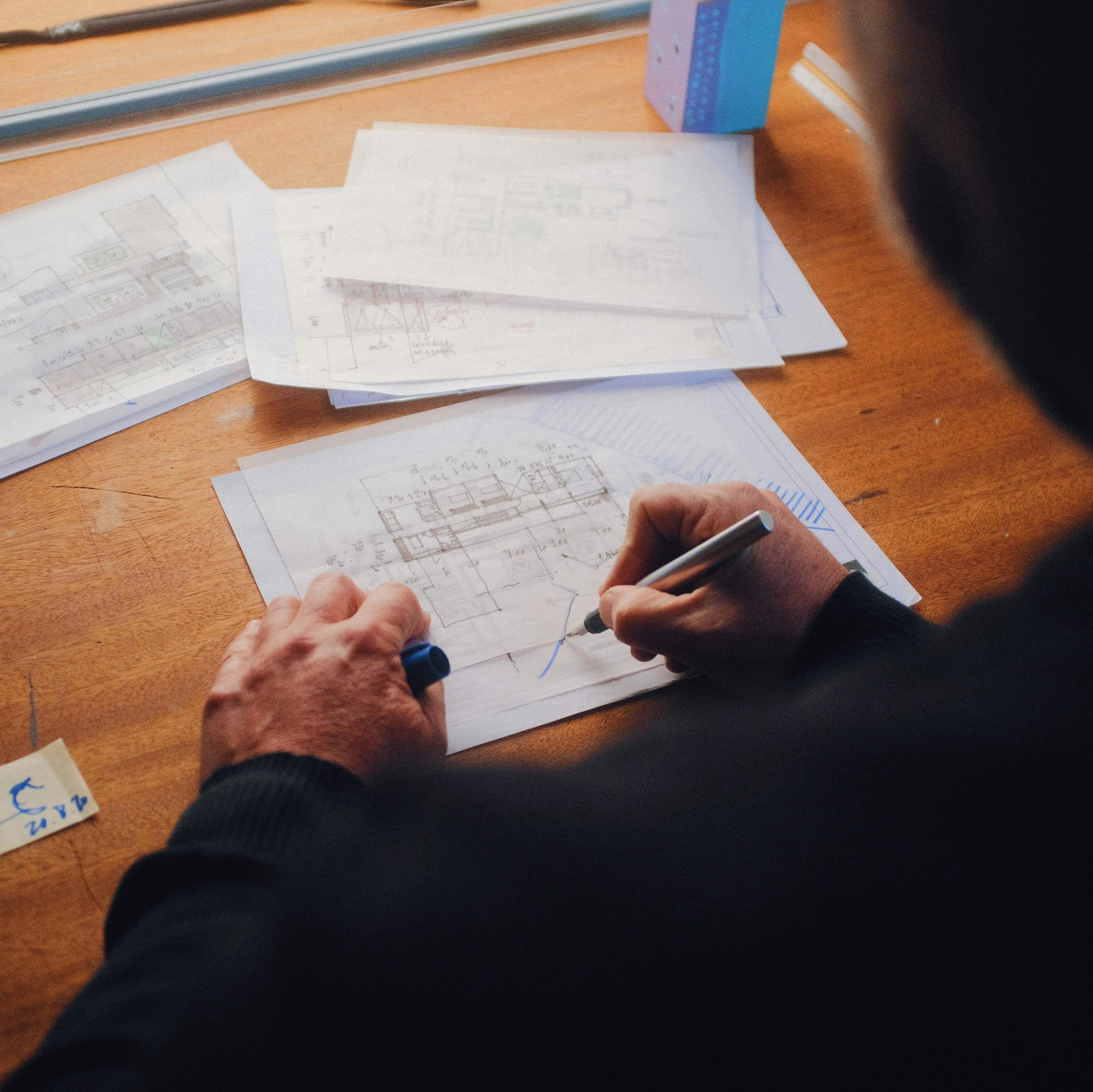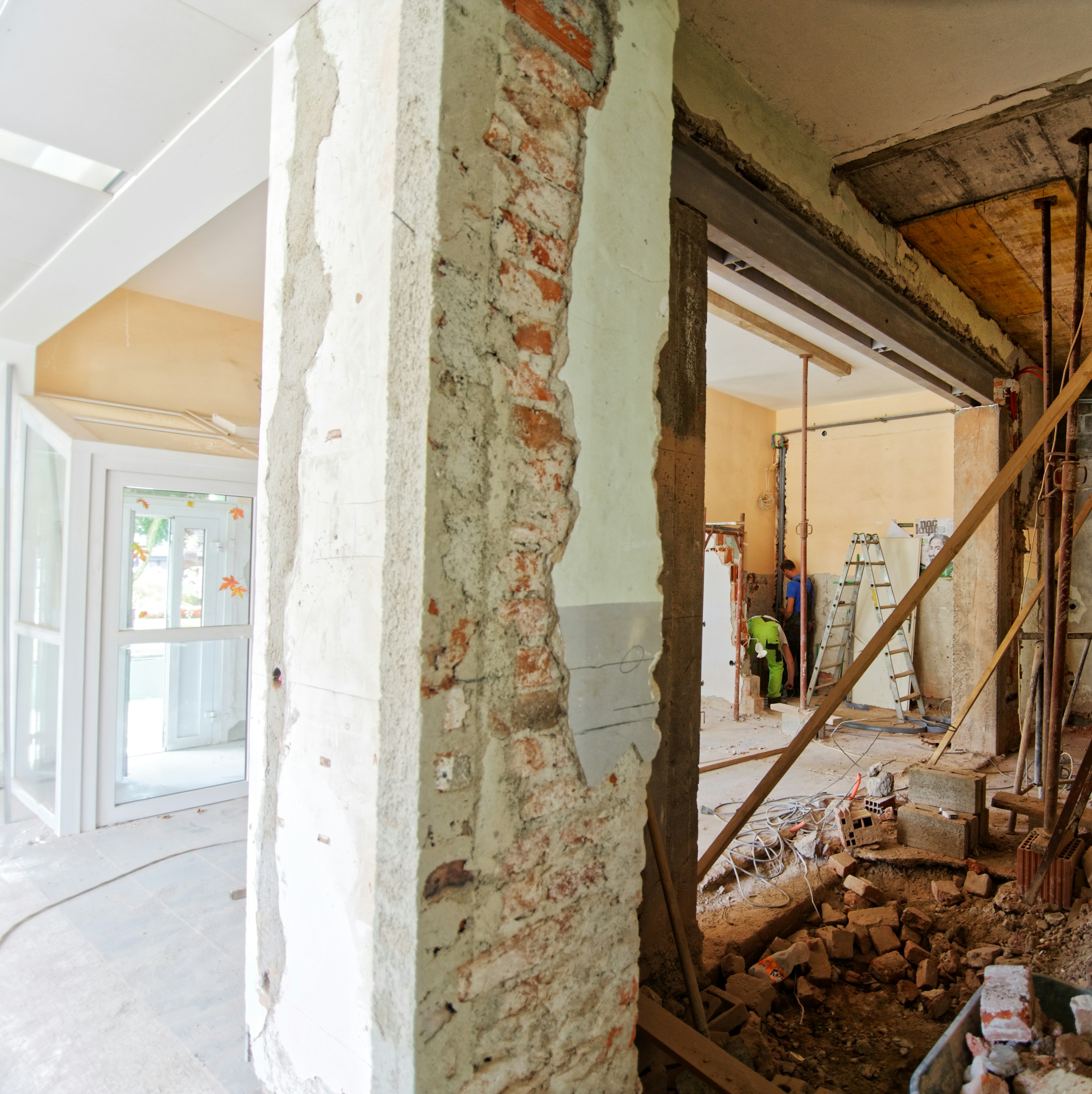Our Process
It's important to note that each stage may involve iterations, revisions, and coordination among various stakeholders to ensure a successful and satisfactory outcome. Effective communication, collaboration, and project management are crucial throughout the entire building project process. The process of a building project typically involves several key stages from initial planning to project completion. While the specific steps may vary depending on the project scope and complexity, here is a general overview of the building project process:

Project Initiation and Planning
Define Project Scope: Clearly establish the objectives, requirements, and constraints of the project, including budget, timeline, and desired outcomes.
Conduct Feasibility Study: Assess the viability of the project, considering factors such as site suitability, regulatory approvals, environmental impact, and financial feasibility.
Assemble Project Team: Form a team comprising architects, engineers, contractors, and other necessary professionals to collaborate on the project.
Design and Pre-construction
Conceptual Design: Work with architects and designers to develop preliminary designs and concepts that align with the project's goals and requirements.
Detailed Design: Refine the preliminary designs into detailed architectural and engineering plans, including structural, mechanical, electrical, and plumbing systems.
Obtain Permits and Approvals: Acquire the necessary permits and approvals from local authorities and regulatory bodies before commencing construction.
Procurement: Identify and source the required materials, equipment, and subcontractors needed for construction.


Construction
Site Preparation: Clear and prepare the construction site, including demolition, excavation, and grading as required.
Foundation and Infrastructure: Construct the building's foundation, utility connections, and necessary infrastructure such as plumbing and electrical systems.
Structural Construction: Erect the building's structural elements, including walls, floors, roofs, and framing.
MEP Installations: Install mechanical, electrical, and plumbing systems, ensuring compliance with building codes and industry standards.
Interior and Exterior Finishes: Complete the interior finishes, such as flooring, painting, cabinetry, and fixtures. Simultaneously, work on exterior finishes like landscaping, façade, and paving.
Testing and Inspections: Conduct necessary tests and inspections to ensure compliance with safety, quality, and building code requirements.
Quality Control: Implement quality control measures to monitor and address any issues or deviations from the construction plans.
Project Management: Continuously manage the construction process, including scheduling, coordination, and communication among the project team, subcontractors, and stakeholders.
Project Completion
Final Inspections: Arrange for final inspections and obtain necessary certifications and approvals from building authorities.
Punch List: Address any outstanding items or deficiencies identified during the final inspections.
Commissioning: Test and ensure the proper functioning of all systems and equipment, including electrical, plumbing, and fire protection.
Handover and Occupancy: Transfer the completed building to the owner or end-user, providing all necessary documentation and instructions for operation and maintenance.
Post-construction Support: Provide warranty support and address any post-construction issues that may arise.
Project Closeout: Complete all administrative tasks, such as final payments, documentation, and record-keeping, to officially close the project.

